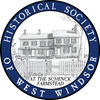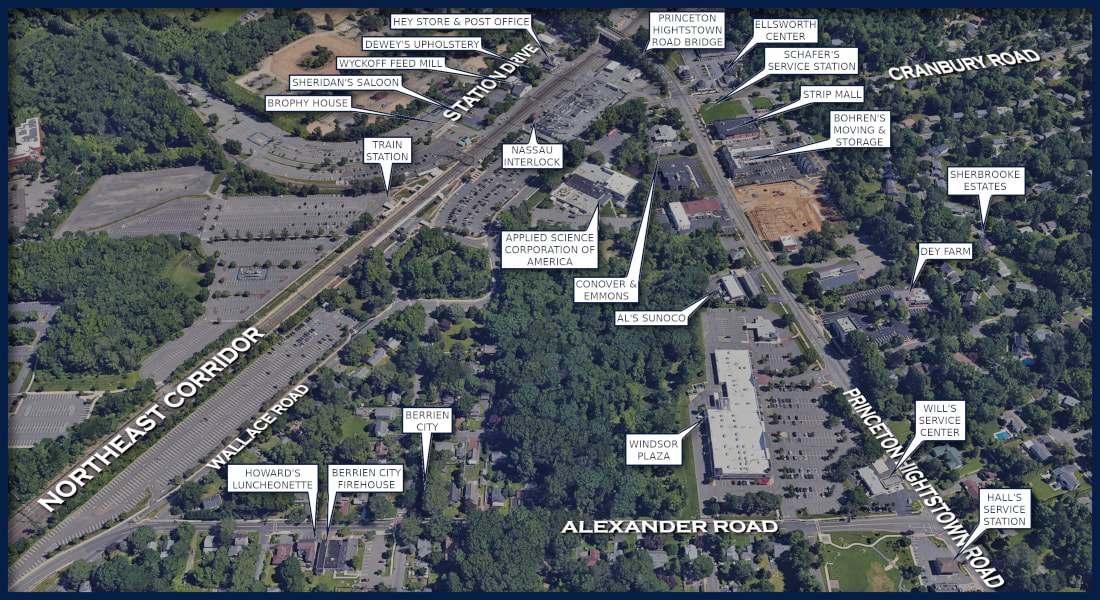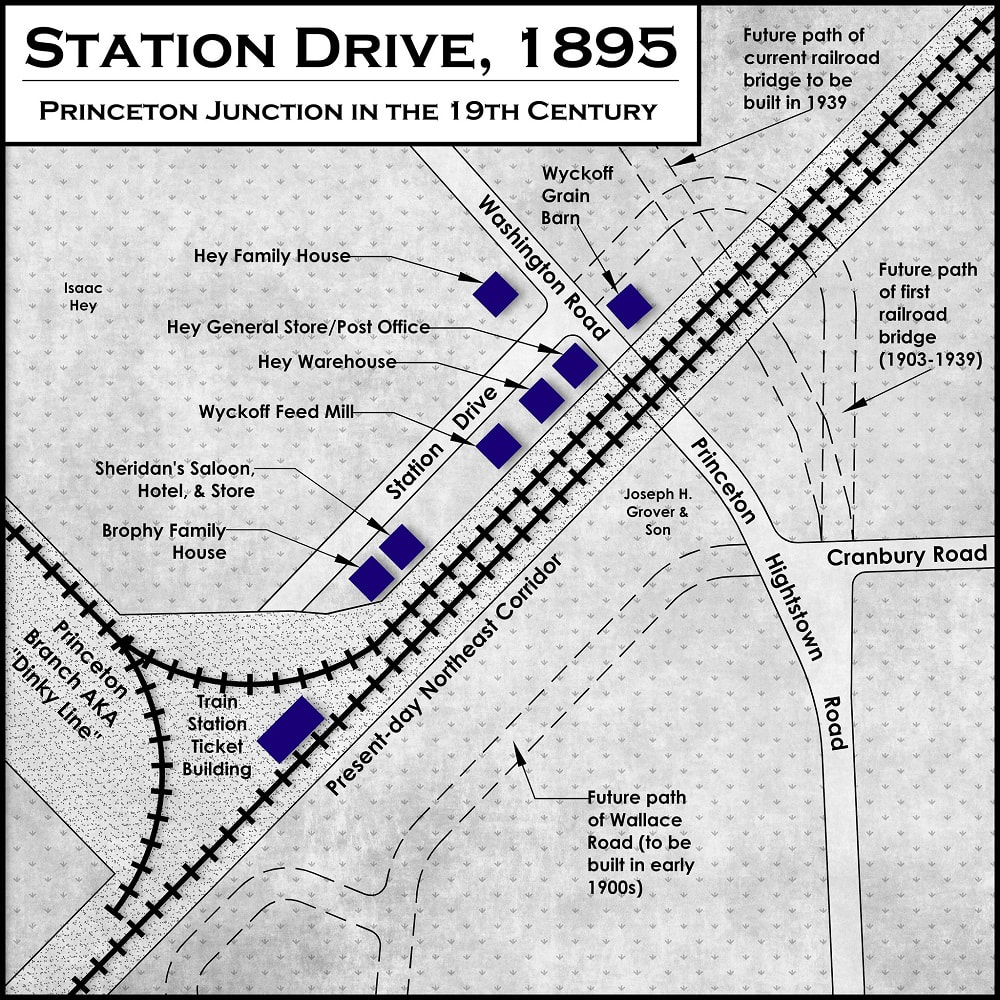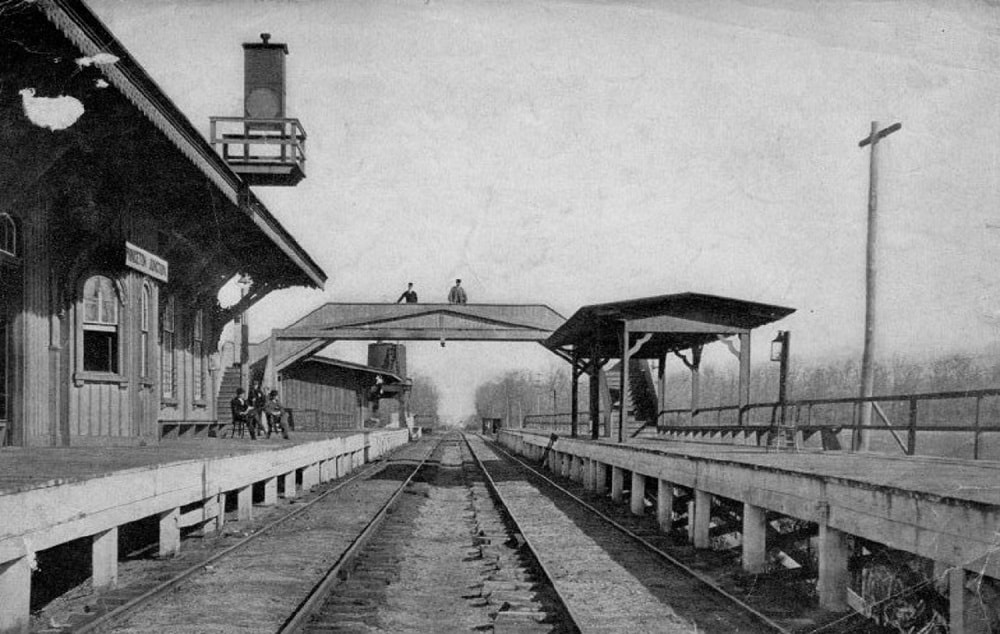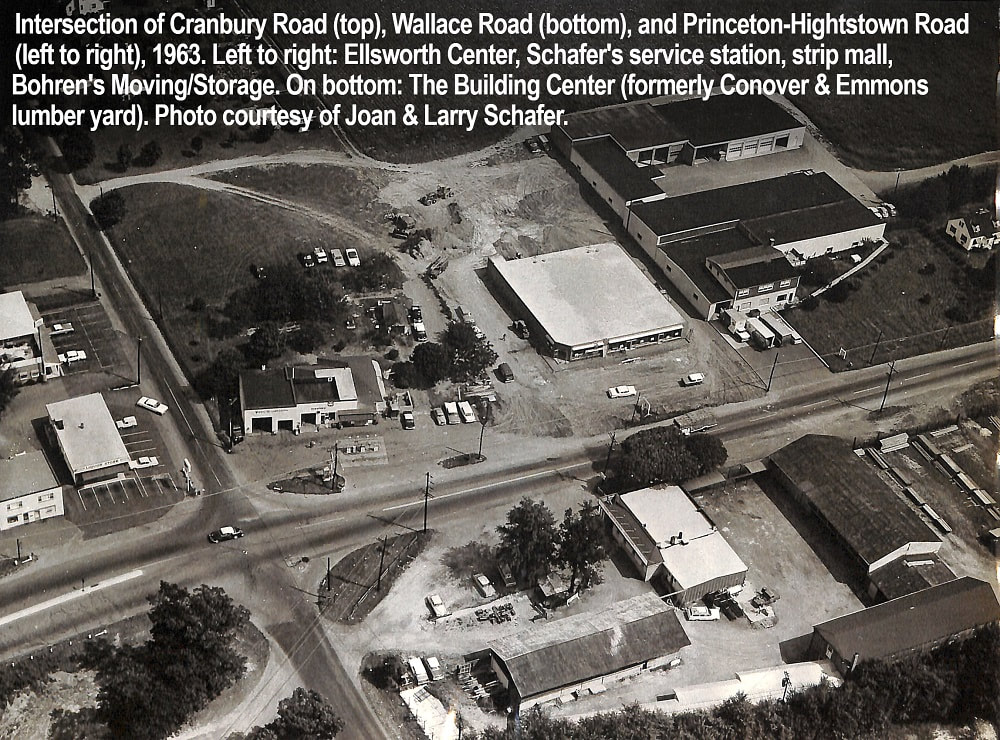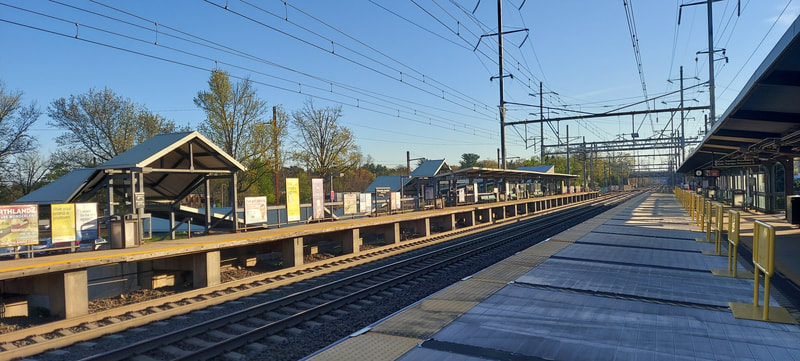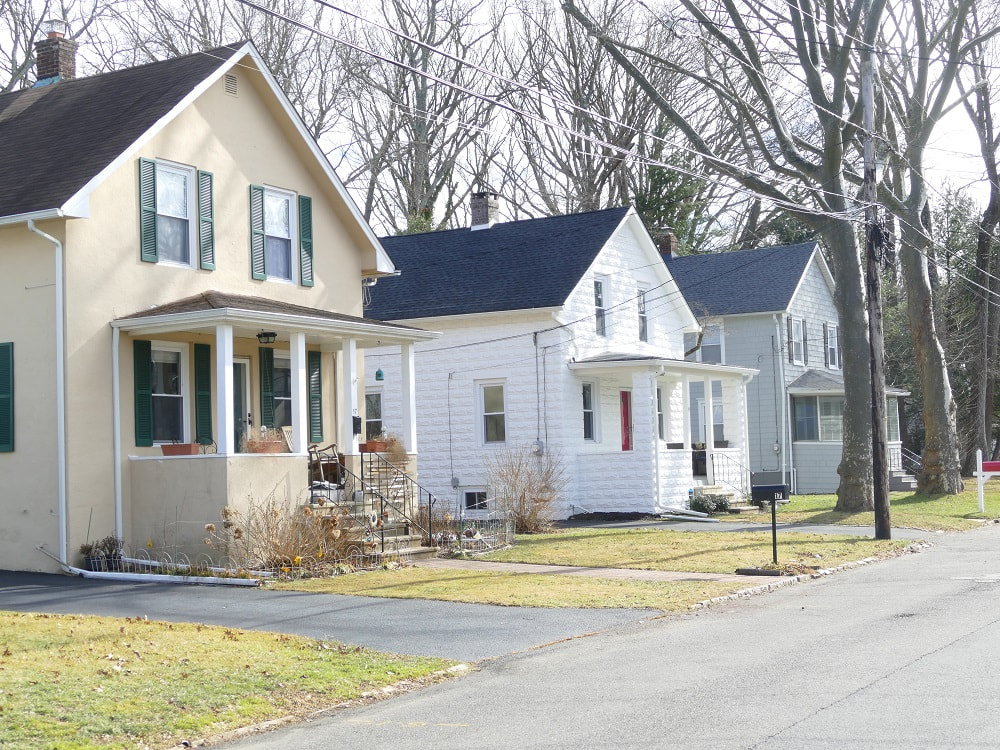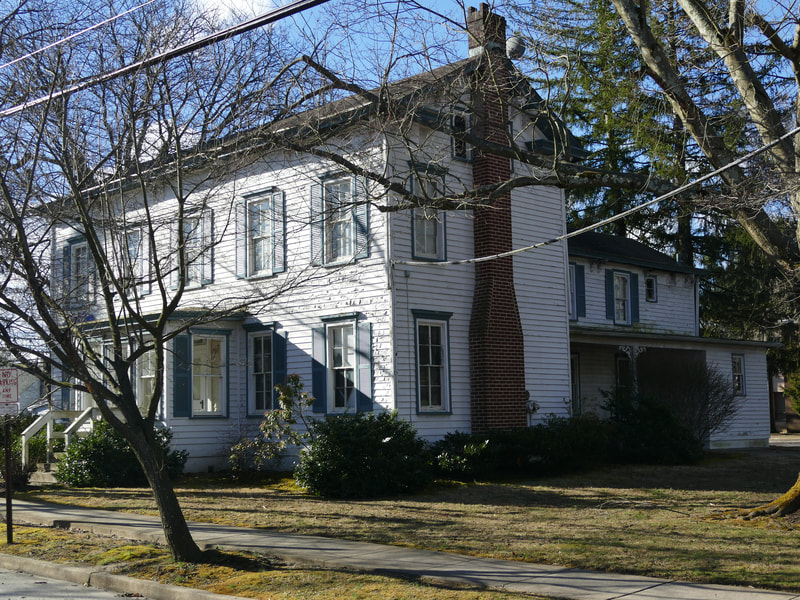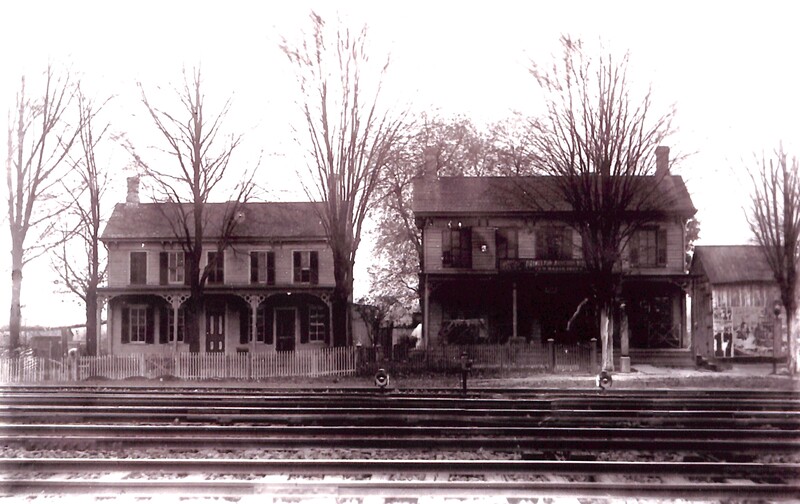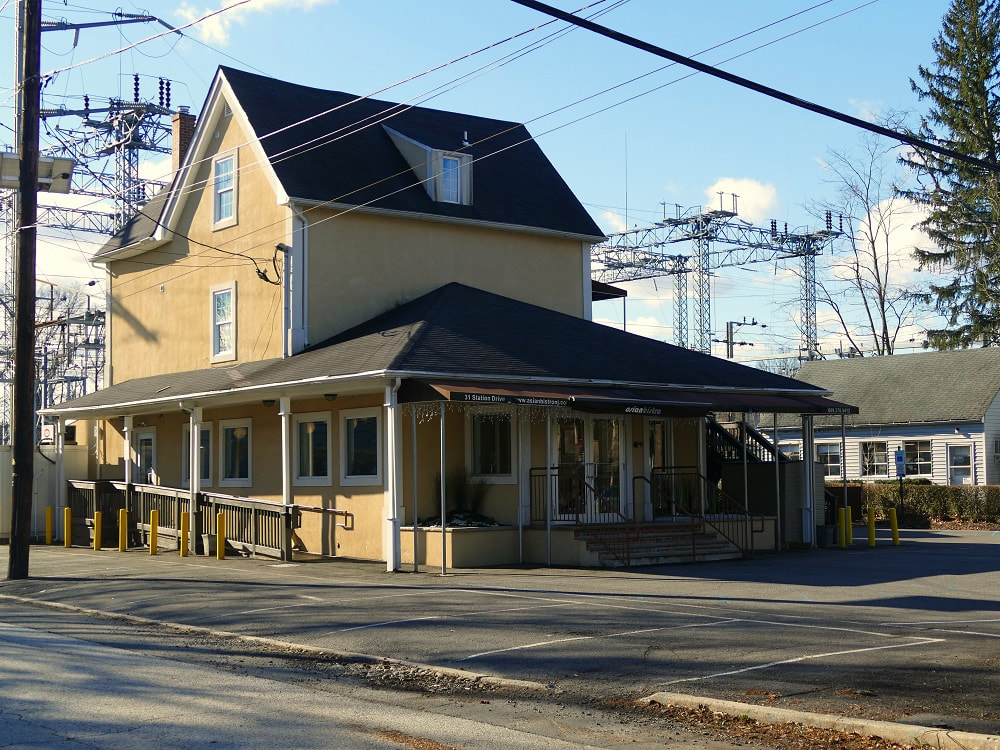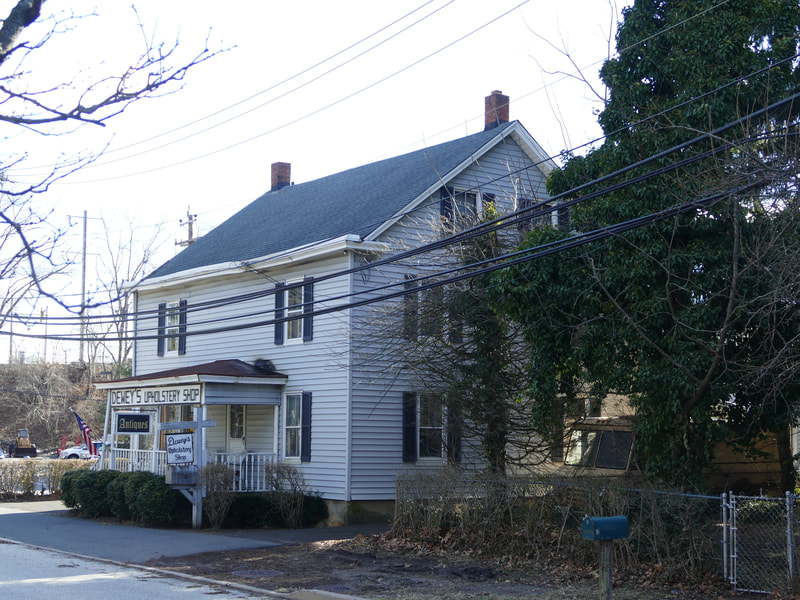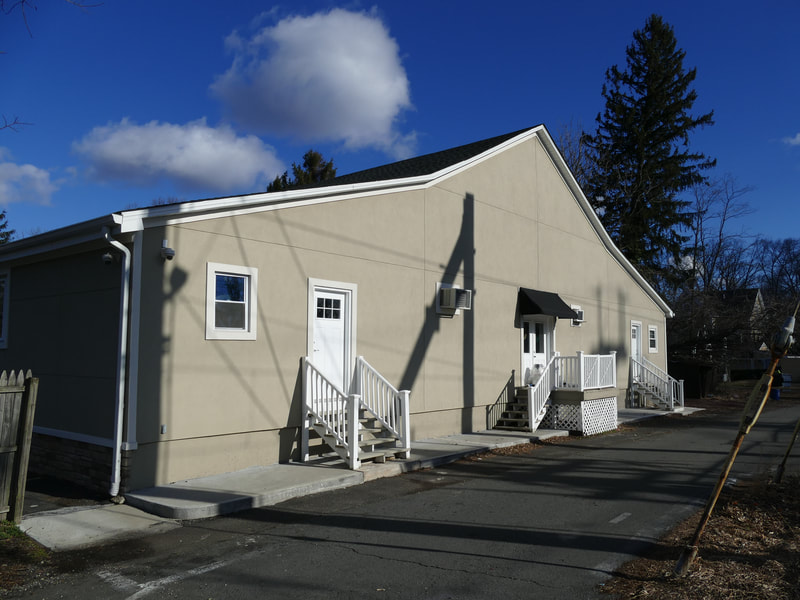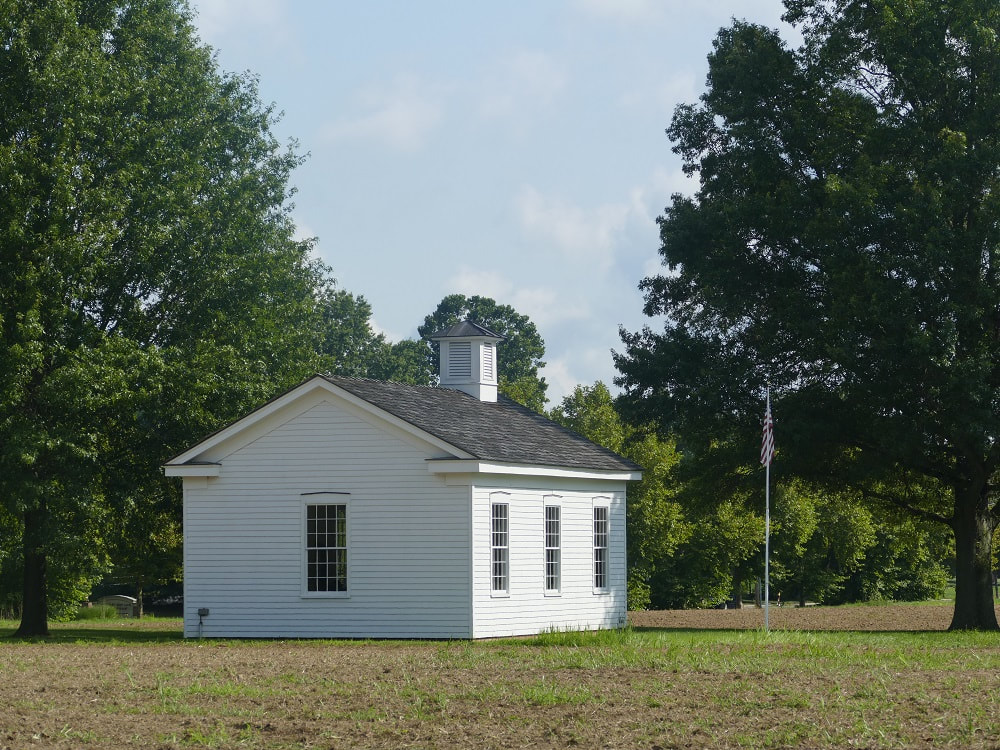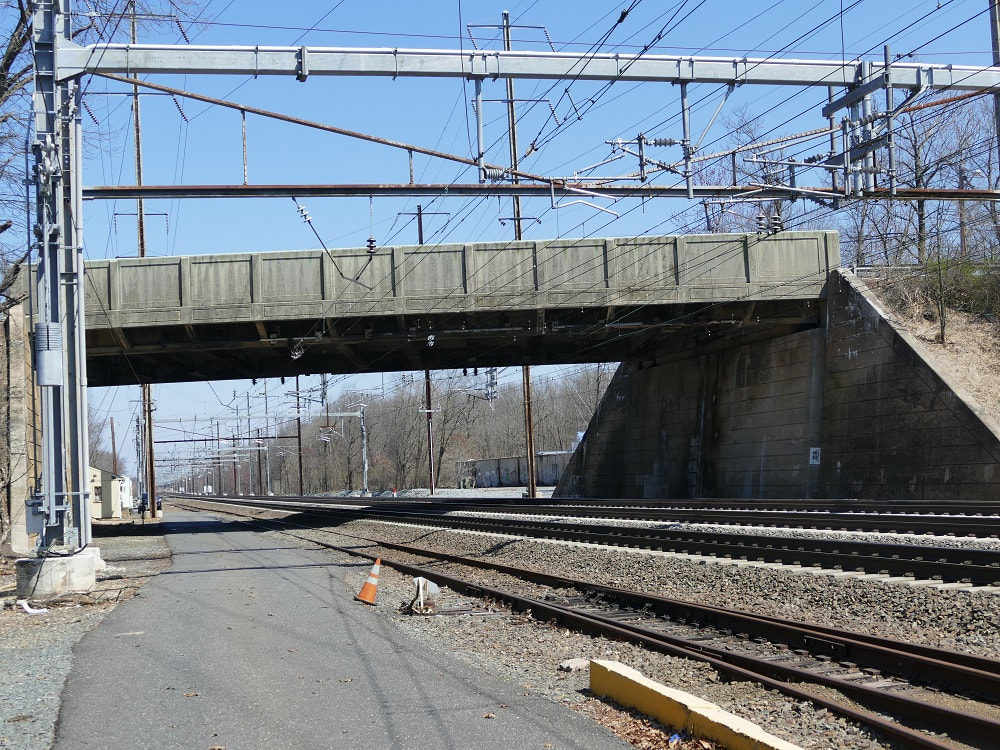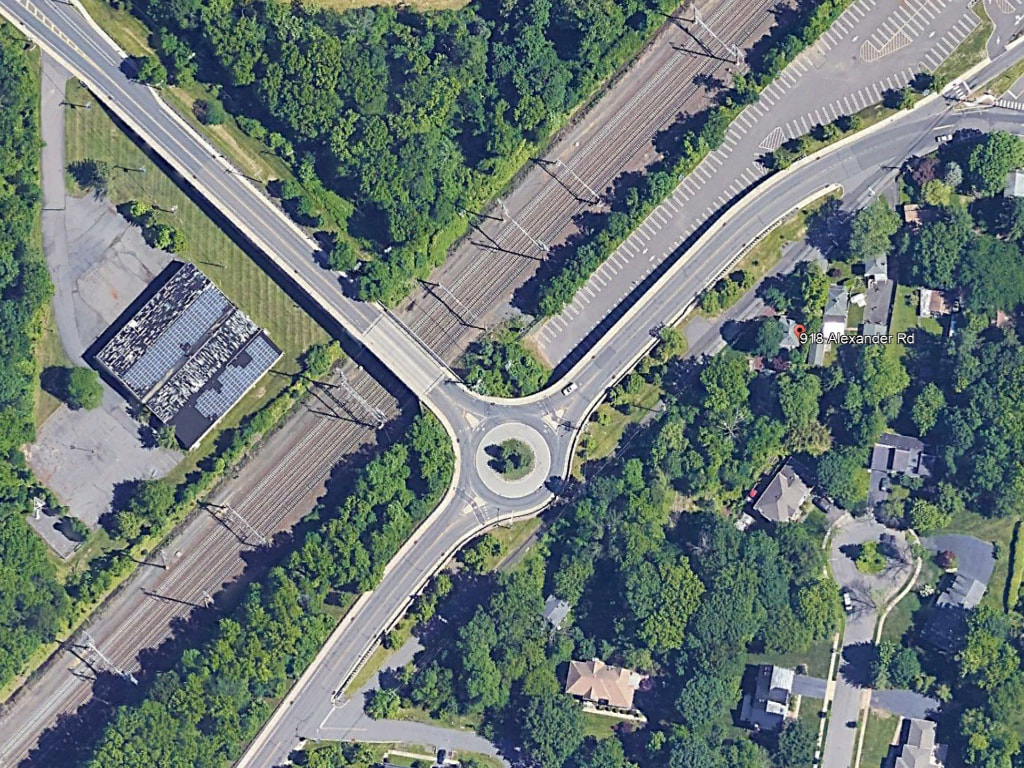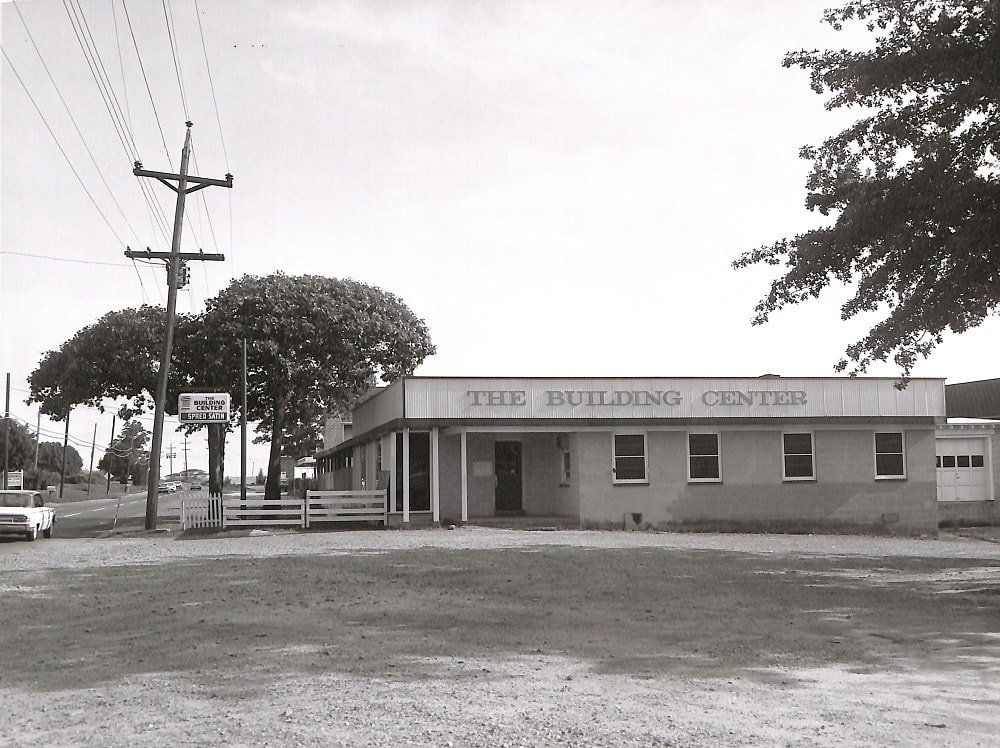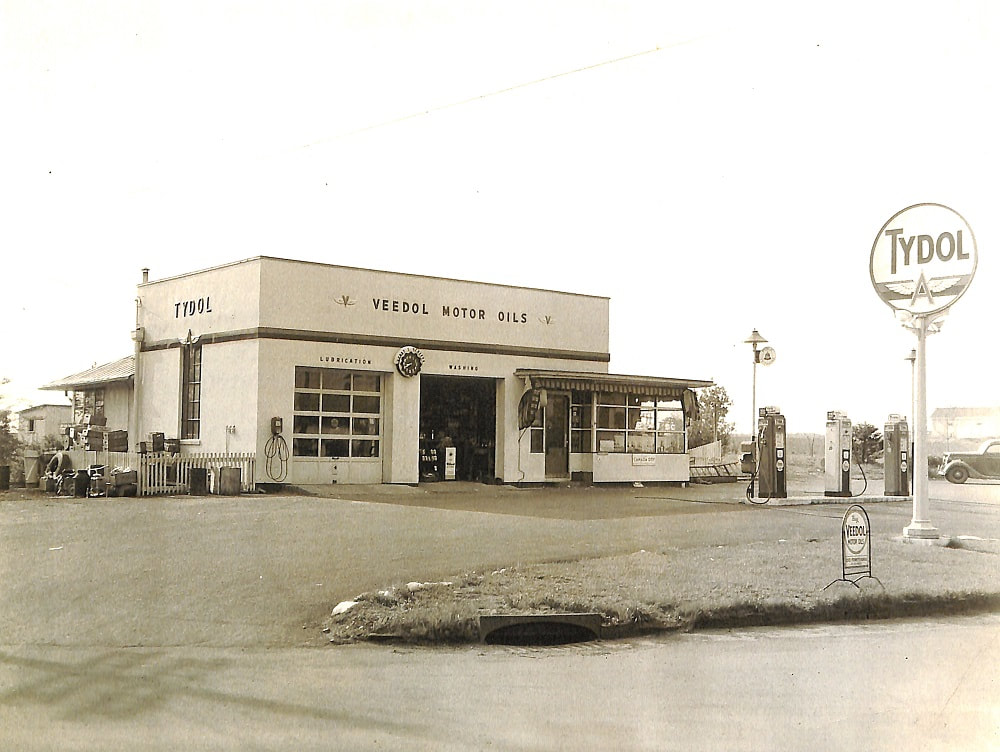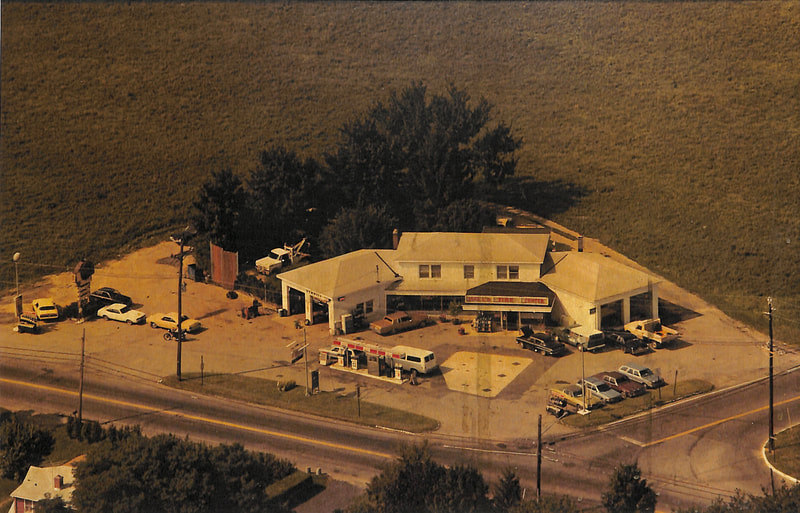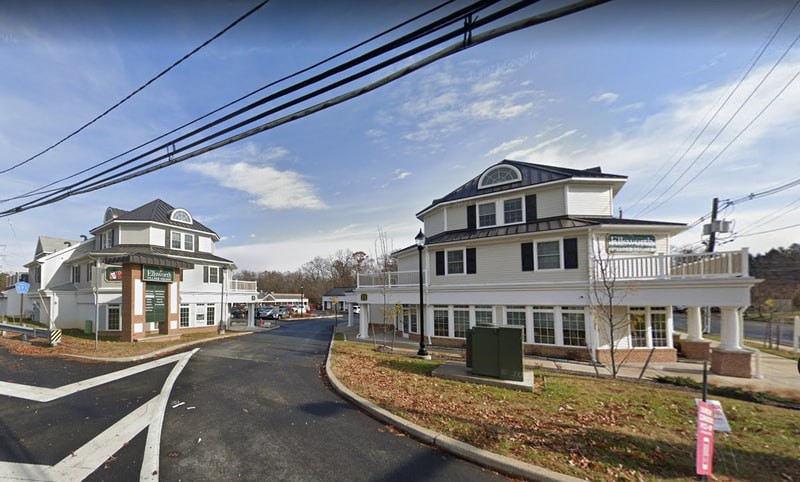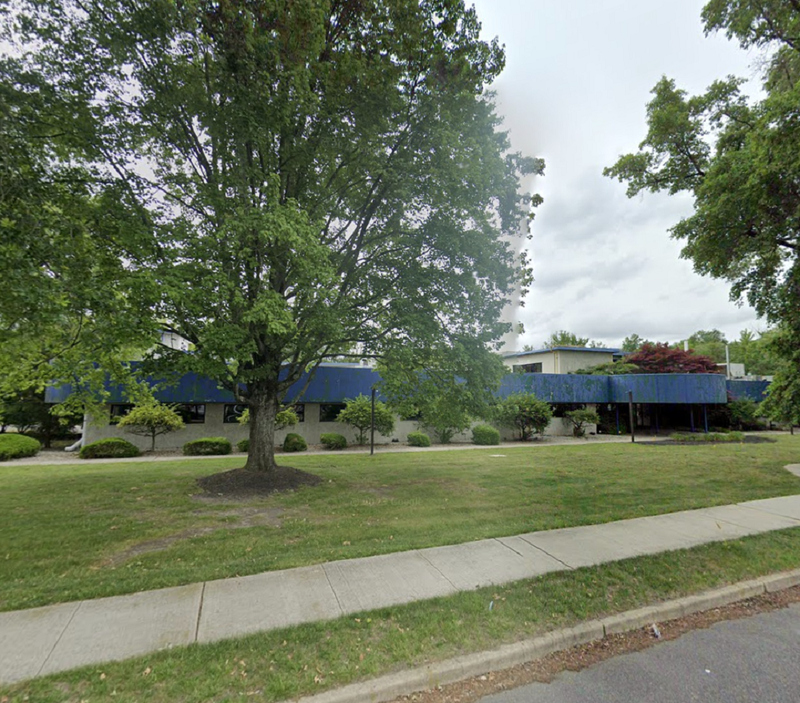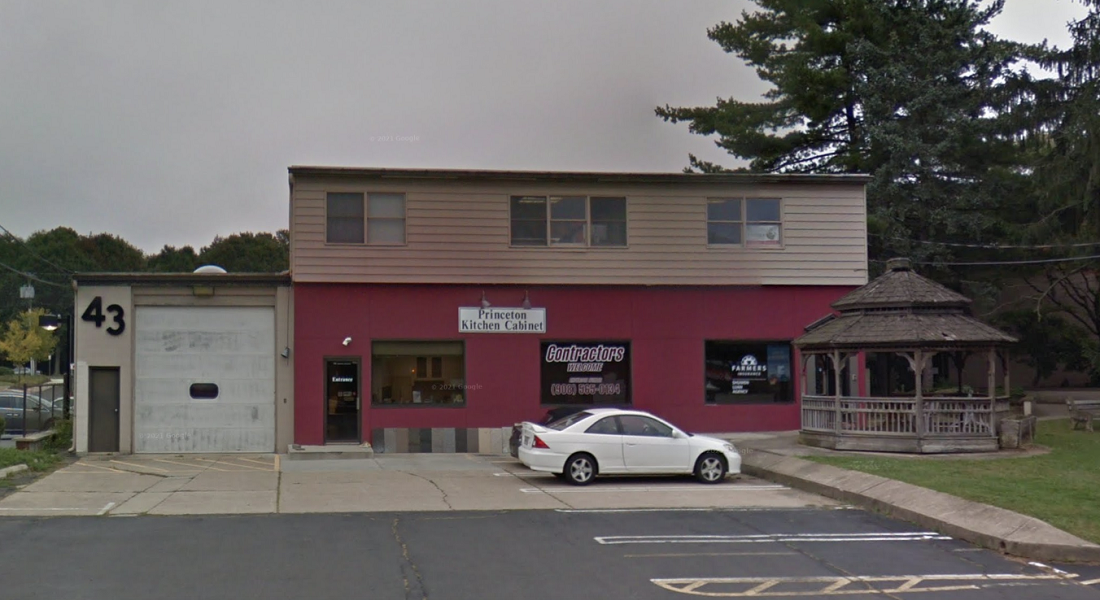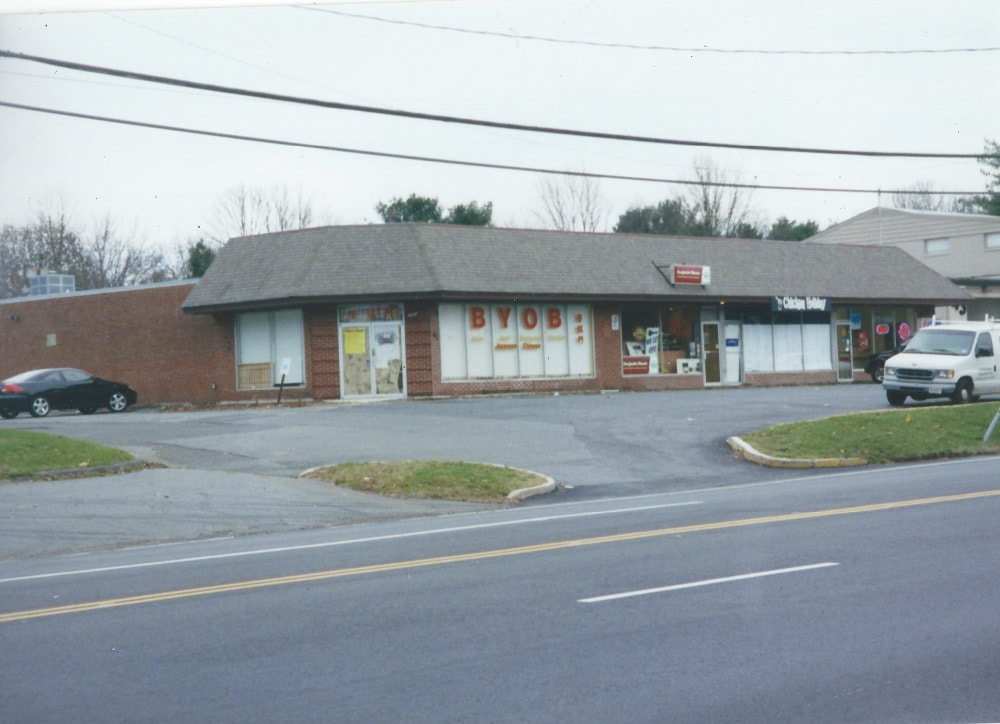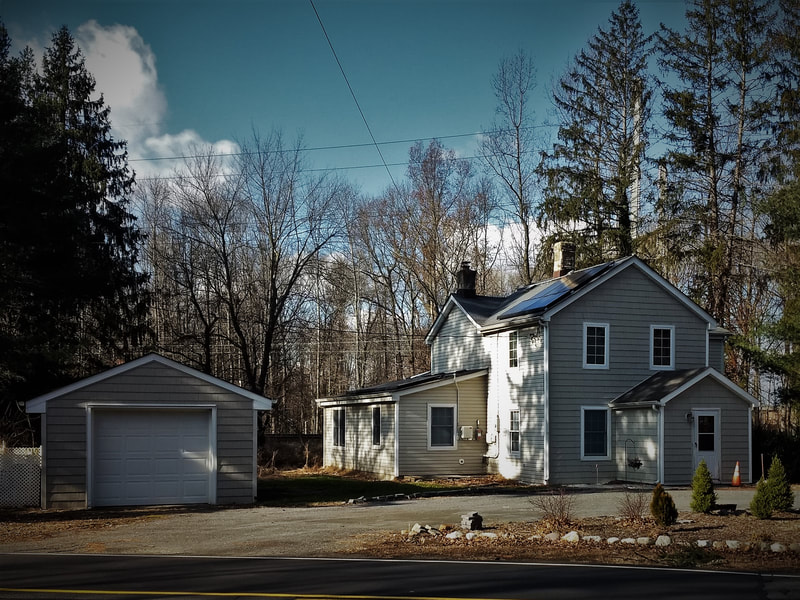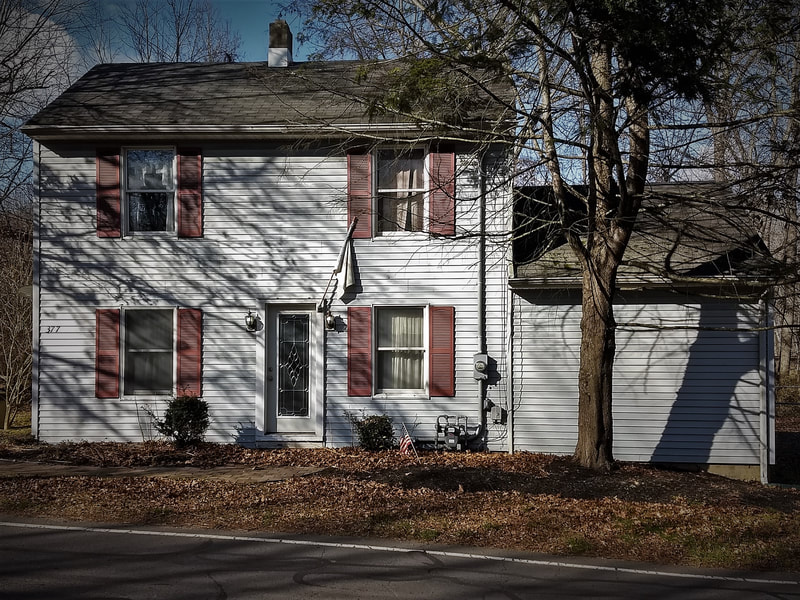Historic Community: Princeton Junction
Clustering around the Princeton Junction Train Station is one of West Windsor's most expansive historic communities. This community - the closest thing West Windsor has to a "downtown" - formed starting in the 1860s. It has undergone many expansions - with the Berrien City community in the 1920s, a commercial area along Princeton-Hightstown Road developing starting in the 1930s, and general suburban growth in the mid-1900s and beyond. While many residents think "West Windsor" and "Princeton Junction" are the same thing, don't be fooled - the latter, historically, was merely one of several historic communities within the former. Explore Princeton Junction and its historical sites below!
|
Princeton Junction is the youngest of West Windsor’s historic hamlets. In 1863/4, the Camden and Amboy Railroad line was realigned from next to the Delaware and Raritan Canal to the present-day Northeast Corridor.[1] The “Dinky” line to Princeton was opened two years later,[2] and a community grew around the “junction” (intersection) of the two train routes.
"Old Princeton Junction" originally clustered along Station Drive and Washington Road, just northwest of the train tracks. This neighborhood featured several establishments capitalizing on the railroad - such as stores, a warehouse, hotel/saloon, feed mill, several residences, and farmland.[3],[4] Some of these buildings still exist as of the time of this writing (2023). The train station itself has undergone significant transformations since its construction in 1863/4. The first building was presumably erected around 1863/4; it was replaced by numerous additions over the years. From its inception, the station was an integral part of West Windsor’s identity and history. It provided express freight and human travel to metropolises such as New York and Philadelphia for recreational, educational, and employment opportunities. It has hosted legendary orators,[5] Woodrow Wilson, among other dignitaries, used it as his main point of connection into Princeton.[6] Herbert Hoover also had a campaign stop here in 1932.[7] Longtime residents may also remember the funeral procession of former Attorney General and presidential hopeful Robert F. Kennedy stopping at the station in 1968.[8] These are just a few of what are doubtlessly many more prominent individuals who have passed through the station. |
|
Princeton Junction expanded starting in 1916 with the construction of West Windsor's first planned development. In 1916, Montgomery Scott Berrien presented plans for the community of “Berrien Heights.”[9] This was expanded into “Berrien city” in 1924[10] and grew further with Michael McLaughlin's "Princeton Gardens" in 1926.[11] Over the decades, a diversity of architectural styles have developed alongside a close-knit community. One notable resident was Nobel/Abel Laureate John Forbes Nash, who lived here for decades until his and his wife’s (Alicia) death in 2015.[12],[13]
After the construction of the current Princeton-Hightstown Road bridge over the train tracks,[14] the commercial nexus of Princeton Junction moved to Princeton-Hightstown Road, east of the tracks. Within a few decades, many businesses - lumber yards, shopping centers, automobile service stations, and more - would call this stretch of road between Wallace and Alexander Roads "home." |
|
In the mid-1900s, Princeton Junction further expanded as West Windsor's population grew. In 1964, Maurice Hawk School was erected adjacent to the 1800s-era wooden “Princeton Junction Parsonage” schoolhouse, which now stands at the Schenck Farmstead.[15] In 1973, High School South was erected on the site of the old Coward farmstead.[16] Finally, in 1977, the municipal center opened as a replacement to Old Town Hall in Dutch Neck - but only after four years of municipal functions being hosted out of the Ellsworth Center in Princeton Junction.[17] Sherbrooke, Wellington, and Benford Estates rose as residential neighborhoods largely in the mid-century on former farmland. The Windsor Plaza strip mall and other suburban developments were also built around this time, thriving off of new homeowners’ desires to be close to schools, stores, and the train station.[18],[19]
Princeton Junction today includes numerous office/commercial buildings and hundreds of residences. The station itself is now one of the busiest Northeast Corridor stops, but still serves as the beating heart of historic Princeton Junction. |
Historical Princeton Junction Landmarks
Click on each of the images below to explore some Princeton Junction landmarks! We recommend reading them in order. More may be added as research improves.
Bibliography
- "Camden and Amboy Railroad/Delaware and Raritan Canal Companies Minutes of the Joint Board of Directors and the Executive Committee, 1831 - 1872,” n.d. Located at the New Jersey State Archive’s Manuscripts Room. Accessed February 28, 2022
- Ibid.
- “West Windsor Township.” Map. 1875 Historical Atlas of Mercer County, New Jersey - Map of West Windsor. Philadelphia, PA: Everts & Stuart, 1875. https://www. loc.gov/item/2010587333/.
- “Automobile Driving and Trolley Map of Mercer County, New Jersey, 1905 : from the Latest Geological and Actual Surveys.” Map. Princeton University Library - Digital Maps & Geospatial Data. https://maps.princeton.edu/catalog/princeton-5q47rr19d, n.d
- "A Record Made.” Grand Forks Daily Herald, October 26, 1900.
- “Wilson Spends Two Years at a Railroad Depot.” Wilkes-Barre Times-Leader, November 12, 1912
- "1,500 Welcome President as Train Passes Princeton Junction." Daily Princetonian. November 1, 1932.
- Taylor, Alan. “A Portrait of America: Watching Robert F. Kennedy’s Funeral Train Pass By.” The Atlantic. Atlantic Media Company, June 7, 2018. https://www.theatlantic.com/photo/2018/06/rfks-funeral-train-in-photos/562238/.
- Sincerbeaux, C. S. “Map Showing Plan of Lots for Scott Berrien Esq.” Map. West Windsor, New Jersey, 1916.
- Sincerbeaux, C S. “Map Showing Plan of Lots for Alexander L. Berrien, Esq. - Berrien City.” West Windsor, New Jersey, 1924
- “Map Showing Plan of Lots for Michael McLaughlin, Esq. - Princeton Gardens.” Map. West Windsor, New Jersey: Sincerbeaux & Moore, 1926.
- Ayres, Karen. “Nashes Make Plea to Spare Their Home.” The Times. March 13, 2002.
- “John, Alicia Nash Remembered After Fatal Crash.” Town Topics. May 27, 2015
- "Lions Clubs Open Junction Bridge." Princeton Packet. December 7, 1939.
- “Hawk School Opens Doors Tomorrow.” Trenton Sunday Times Advertiser, April 5, 1964.
- "New School Opens." Town Topics. September 6, 1973.
- “West Windsor Township Meeting Minutes, 1797-2012.,” n.d. Original Township Committee meeting minute database located in the Municipal Center.
- "West Windsor Aerial Photography Composite Map, 1965.” Map. Historical Society of West Windsor - Map Archives. West Windsor, NJ, 1965.
- "West Windsor Aerial Photography Composite Map, 1985.” Map. Historical Society of West Windsor - Map Archives. West Windsor, NJ, 1985.
